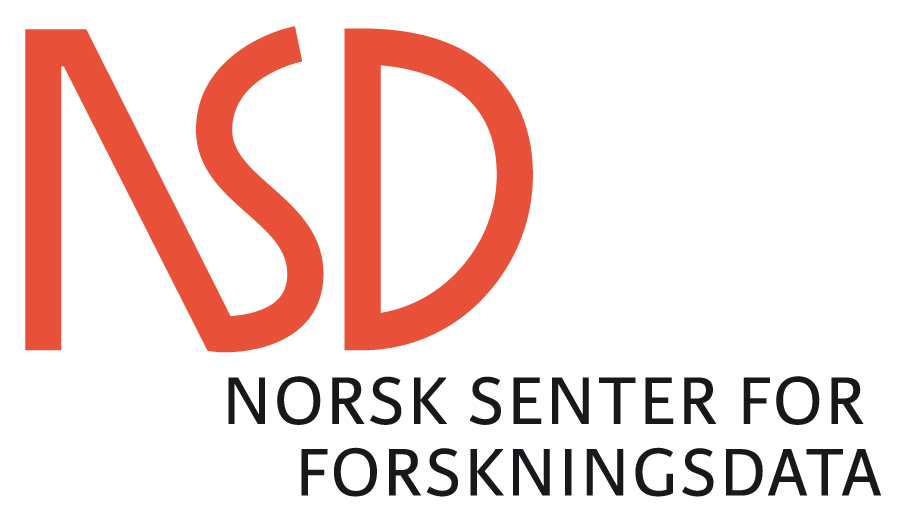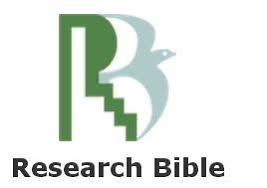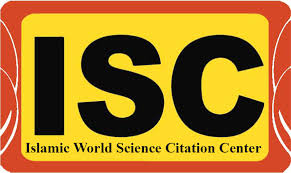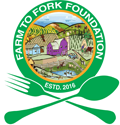Evaluation of biofortified spring wheat genotypes for yield and micronutrient contents
DOI:
https://doi.org/10.5455/faa.79404Keywords:
Biofortification, zinc, iron, heritability, wheatAbstract
Genetic biofortification, a way to improve micronutrients mainly zinc (Zn) and iron (Fe) concentrations, in bread wheat (Triticum aestivum L.) that could reduce the malnutrition in the developing world. This study was conducted at the research field of Hill Crops Research Program, Kabre, Dolakha, Nepal from December 2015 to May 2016 to evaluate biofortified wheat genotypes for grain zinc and iron concentrations, grain yield and associated compo- nent traits. Fifty biofortified spring wheat genotypes were evaluated using alpha lattice design with two replications. Highly significant variation was found among the wheat genotypes for days to heading, days to maturity, thousand grains weight, grain yield, grain zinc and iron concentrations. The value of grain zinc concentration varied from 18.85 to 69.98 ppm with a mean value of 34.12 ppm. The genotype 6HPYT405 had the highest grain zinc concentration (69.98 ppm) followed by 6HPYT432 (46.62 ppm) and 6HPYT404 (44.56 ppm). Similarly, the value of grain iron concentration var- ied from 35.05 to 56.06 ppm with a mean value of 44.65 ppm. The genotypes 6HPYT420 had the highest grain iron concentration (56.06 ppm) followed by genotype 6HPYT405 (55.94 ppm) and 6HPYT421 (55.33 ppm). The geno- types 6HPYT404, 6HPYT405, 6HPYT410, 6HPYT421, 6HPYT423, 6HPYT431, 6HPYT432, 6HPYT439, 6HPYT440 and 6HPYT450 had higher grain zinc and iron concentrations. So, these genotypes can be used as parents in future breeding programs to develop zinc and iron-enriched wheat varieties. The genotypes namely 6HPYT428, 6HPYT437, 6HPYT438, 6HPYT443, 6HPYT444, 6HPYT447 and 6HPYT448 were found high yielding genotypes which could be selected for varietal development program.
Downloads
Downloads
Published
How to Cite
Issue
Section
License
Copyright (c) 2020 by the author(s). This work is licensed under a Creative Commons.

This work is licensed under a Creative Commons Attribution-NonCommercial 4.0 International License.




















